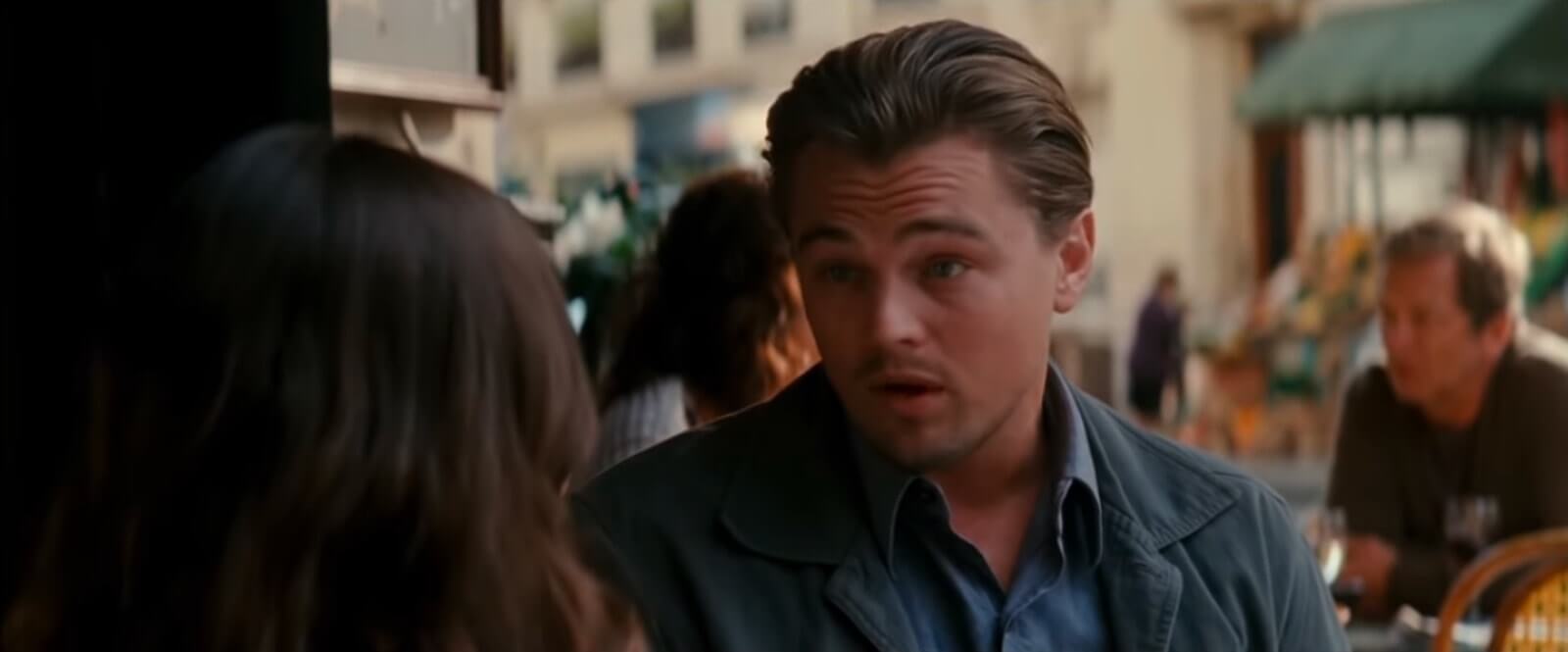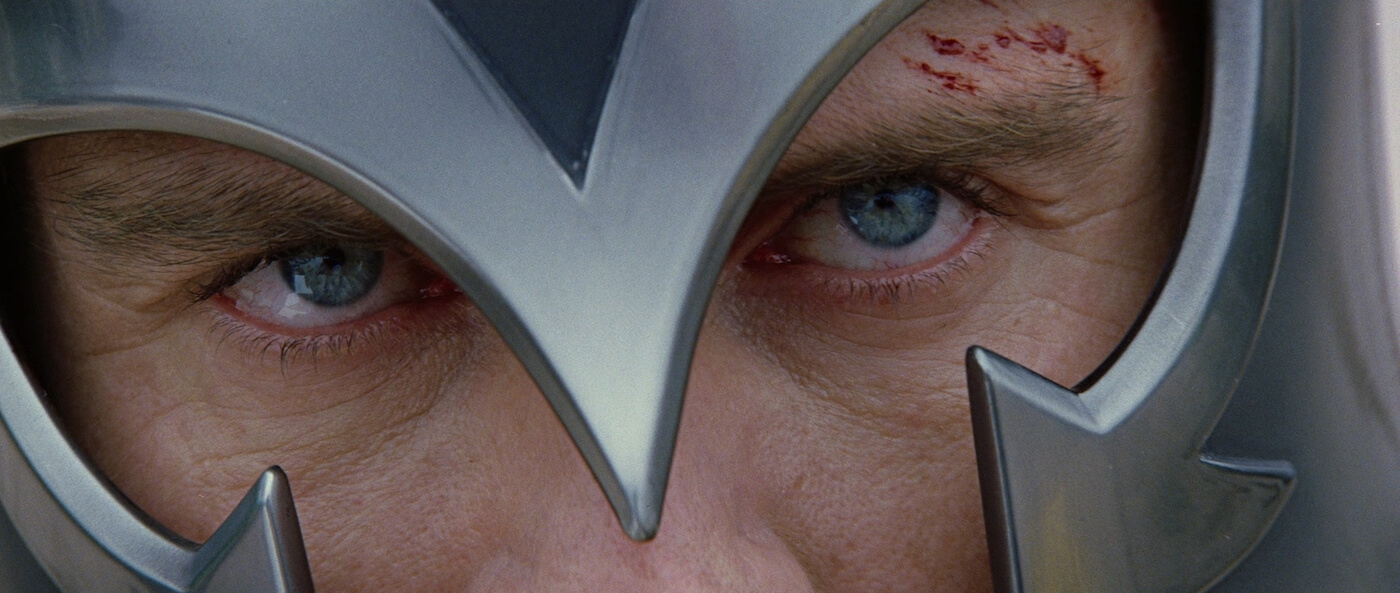LESSON 1 - WHAT IS SINGLE CAMERA PRODUCTION?
CLICK HERE FOR POWERPOINT FROM LESSONTASK 1
Task 1: Understanding 'single camera production'
a) Define 'single camera production':
| A production produced and captured by one camera. |
b) Identify the advantages and disadvantages of single camera production (refer to examples where you can):
Advantages
|
Disadvantages
|
- More equipment.
- More expensive ass footage can only be taken in the studio, green screens would be needed for more locations increasing costs.
- Using several cameras to capture several shots.
- Shots are edited in real time as they are taken, saving time.
- Lighting is above the studio floor and is remote controlled. Allowing lighting to be selected on characters and props when needed, allowing perfect lighting, whilst keeping the lighting equipment out of the way of the cameras. This allows contrinuity, as equipment does not have to be set up each time filming is in action.
- However, every camera needs a person to operate the cameras. With multi-cams many cameras are needed meaning more people in use for camera operation increasing costs.
- Multi-cam is quicker with capturing action due to the use of several cameras at once as several angles capture an authentic result rather than having to keep reenacting the same scene to capture more shots with a single camera.
- In terms of multi-cam editing is a quicker process as it is captured in real time in different angles allowing more angles from different shots to be captured all at the same time.
- Filming with a single camera is more time consuming as scenes need to be recaptured and relighted, preventing an authentic achievement of contrinuity.
- Everything is the film industry is moved by money, however single camera is often much cheaper due to a smaller budget of using one camera and a smaller camera crew.
Format:
- Films and programmes have a format linked to narratives.
- Single format is one self contained story, usually a film.
- Serial format, tells one story over a few episodes.
- Series format, continuing characters but portraying different stories, eg Friends.
- Horror: Blood, moon, super-natural beings, weapons
- Crime: Weapons, cults, killer, robbery, money
- Comedy: Families, friends, sunny weather
- Sci-fi: Aliens, ufo, dystopia, futuristic
Series:
Single drama:
Crime drama genre:
Soap Opera genre: Eastenders
Sitcom/Comedy:
Linear narrative:
Nonlinear narrative:
Flashback narrative:
Open ending narrative:
Closed ending narrative:
Realist narrative:
Anti-realist narrative:
d) List 3 examples of single camera shows/films (aim for different genres)
1) Children of men
2)
3)
List 3 examples of multi-camera shows (aim for different genres)
1) Friends
2)
3)
e) What is the definition of genre? Why is this important for audiences?
A specific category of production.
Why are camera angles important:
- The director puts a lot of thought into what to show and how to show it, these are creative decisions that have an effect on the audience.
- Different angles allow us an audience to pay attention to certain aspects in the shot that we need to see in relation to the story line.
- Change of shots can show who in terms of character has control in that scene.
- Different shots can also be used to show different settings e.g. a long shot would help build the mise-en-scene of the production.
Framing:
- Involves two elements, these are the shot size, how far away the person or object is.
- Secondly, the camera angle, where the camera is in relation to the object or person in focus.
Extreme long shot:

Long shot:

Medium long shot:

Medium shot:

Medium close-up shot:

Close-up shot:

Big close-up:

Extreme close-up:
Camera Movement:
4 categories:
- The pan and tilt
- the dolly or tracking the boom or crane
- steadicam
Functions of moving camera shots:
- To reveal dramatic information by enlarging the viewer's perspective.
- It expresses a dynamic sense of movement.
- Makes a shot more sensors and exciting.
- The pan: a lateral movement on screen, often used for fight scenes, conventionally are used briefly for shorter shots to give a taste of the scene otherwise a lengthy pan shot could be disengaging for the audience.
- A variation of the pan is an ARC shot where the camera pivots at a 360 degree on its tripod to signify the importance of the character in the scene or the characters surrounding depending on the context.
- The tilt: the camera pivots vertically up and down. Used to capture new areas of the scene or to call attention to certain aspects of the scene.
- The dolly: the camera on the tripod and base physically travels through space, they produce motion perspective.
- The boom or crane: mounting a camera on a boom or crane creates a dramatic effect by revealing the scale of the scene action that any other camera movement cannot.
- Steadicam: jitter free images from hand-held camera work, often used for documentaries to provide an intimate and personal feel to the conversation.
- Zoom lenses: creates a zoom shot as an attachment to the camera lens.
- Tight framing: a sense of constriction created by a lack of space being shown around the subject in the lens.
- Loose framing: shots that have a great deal of open space around the subject and can give aa sense of isolation or freedom.
- Deep focus framing: objects or characters remain in sharp focus from positions near and far from the camera. Can be used to help build a story and a relationship between the characters in the scene.
No comments:
Post a Comment